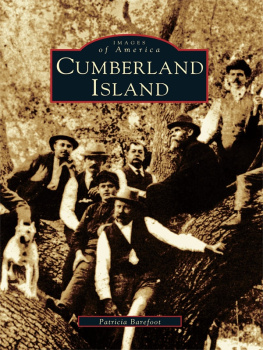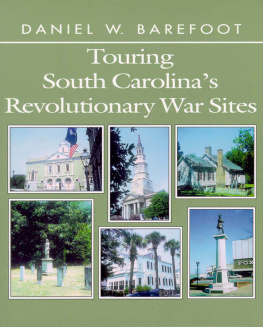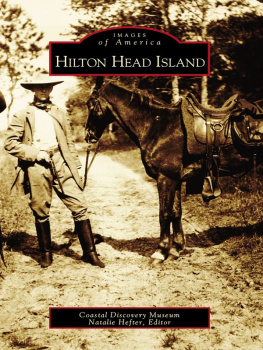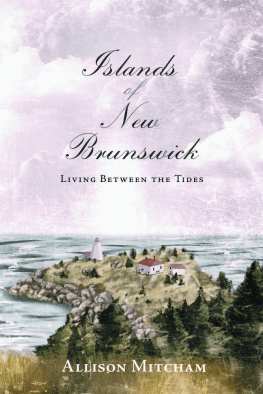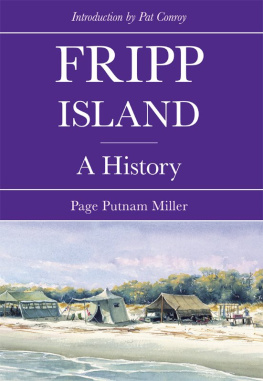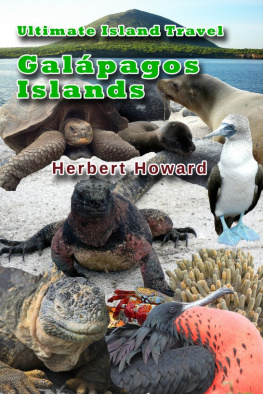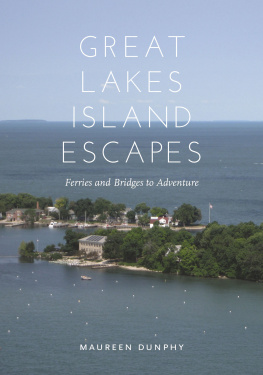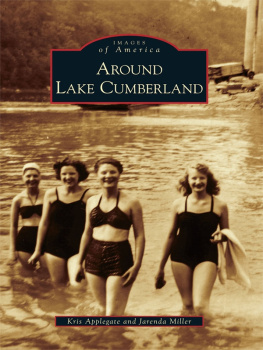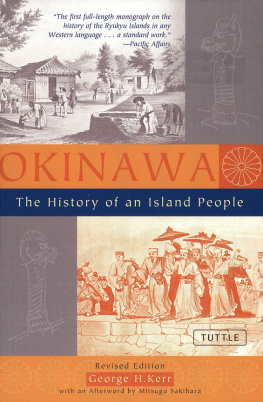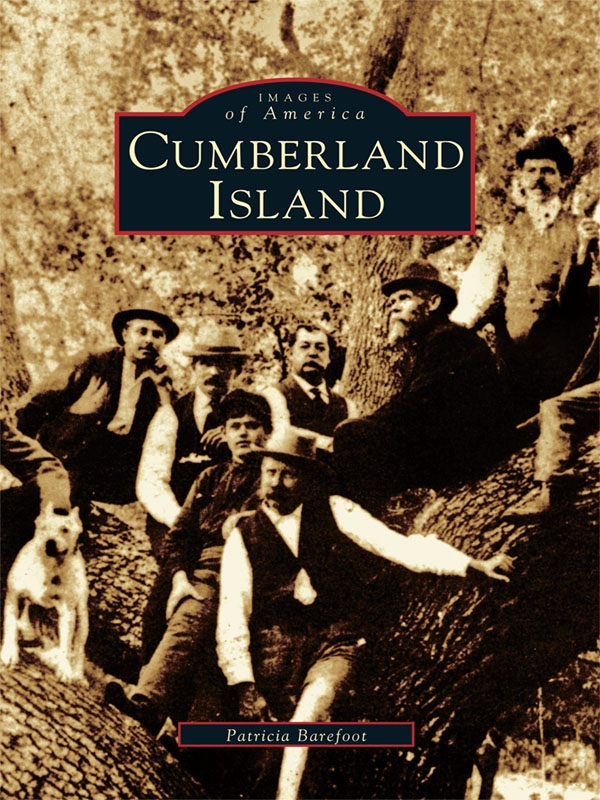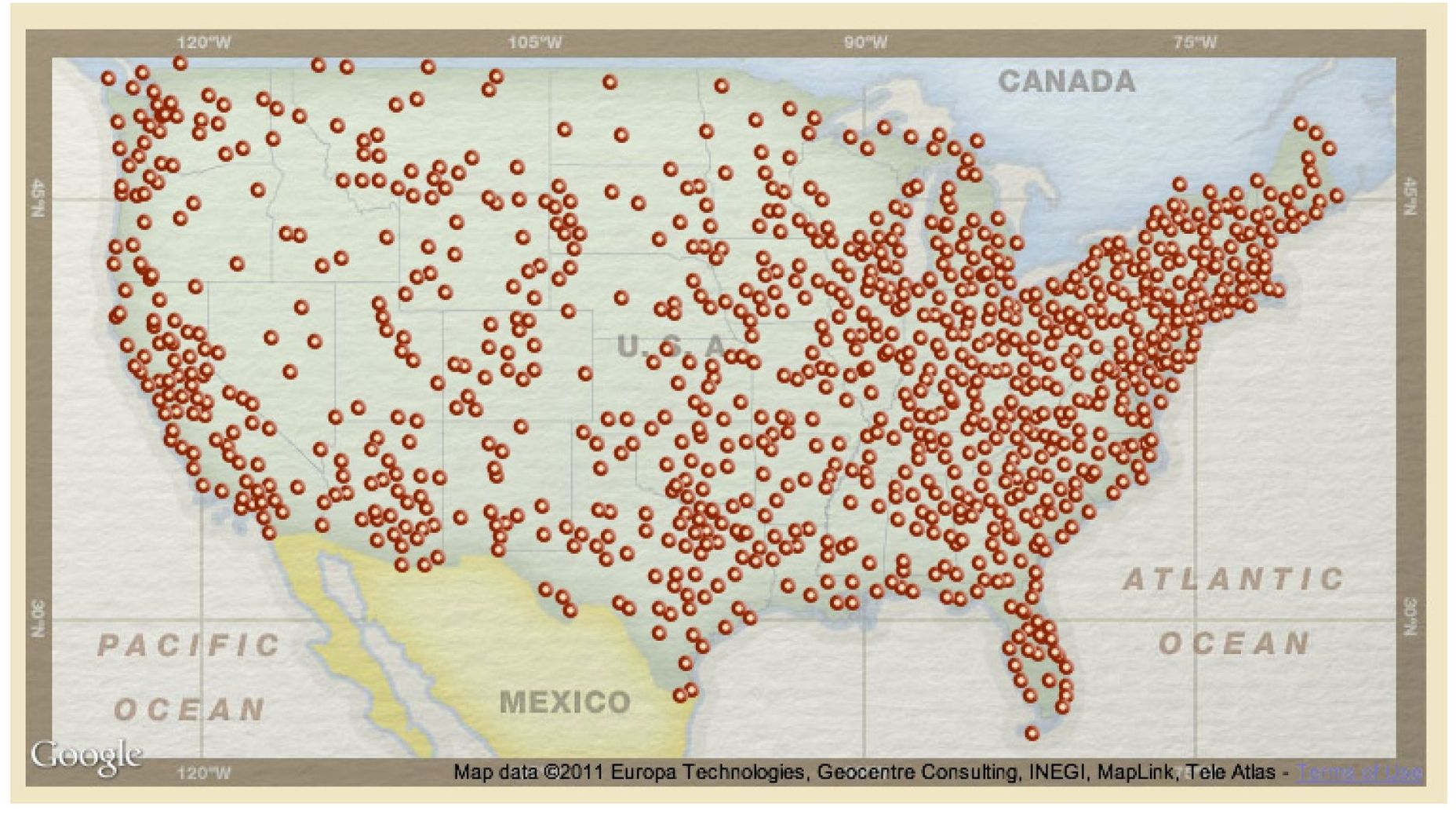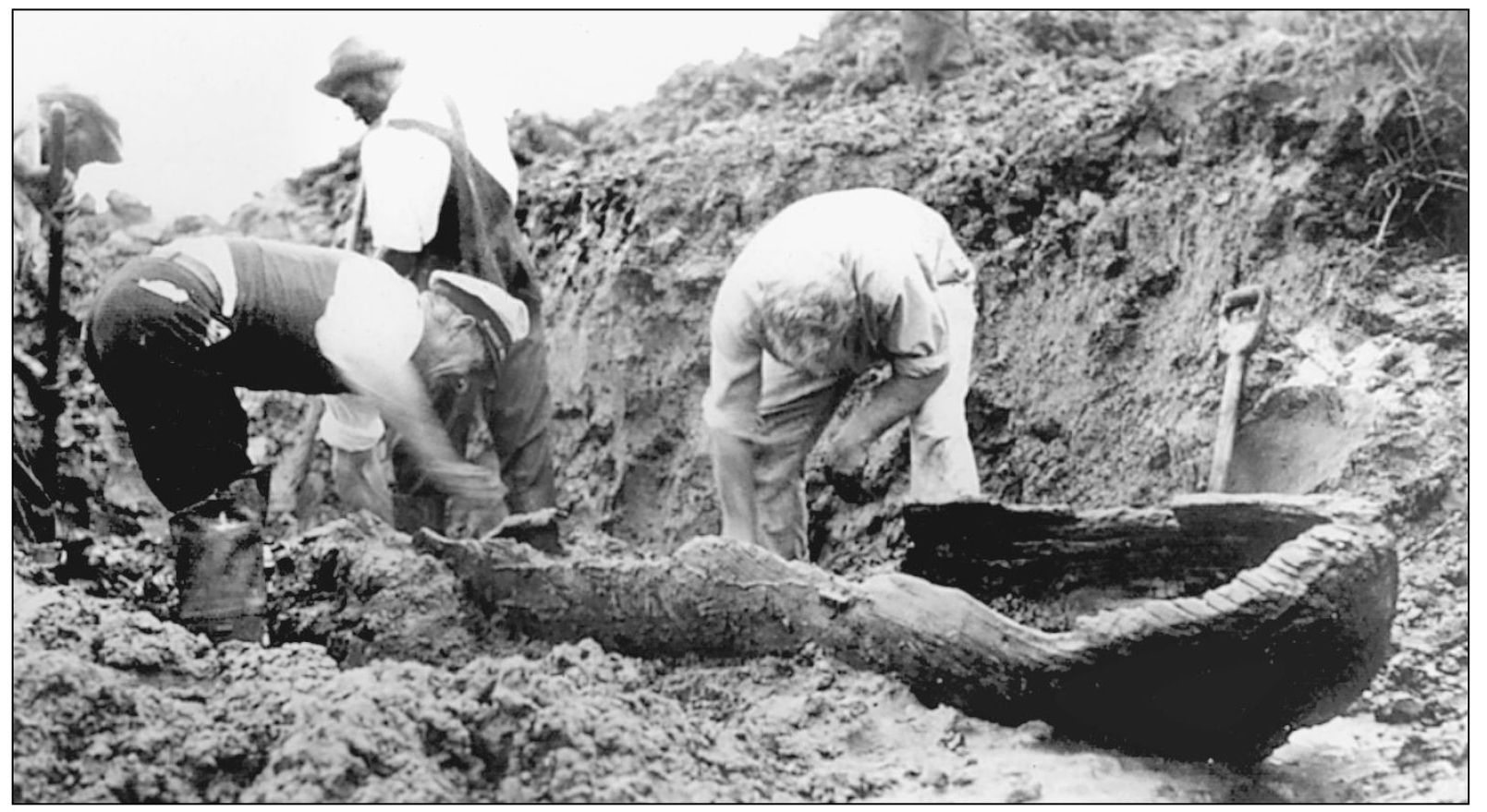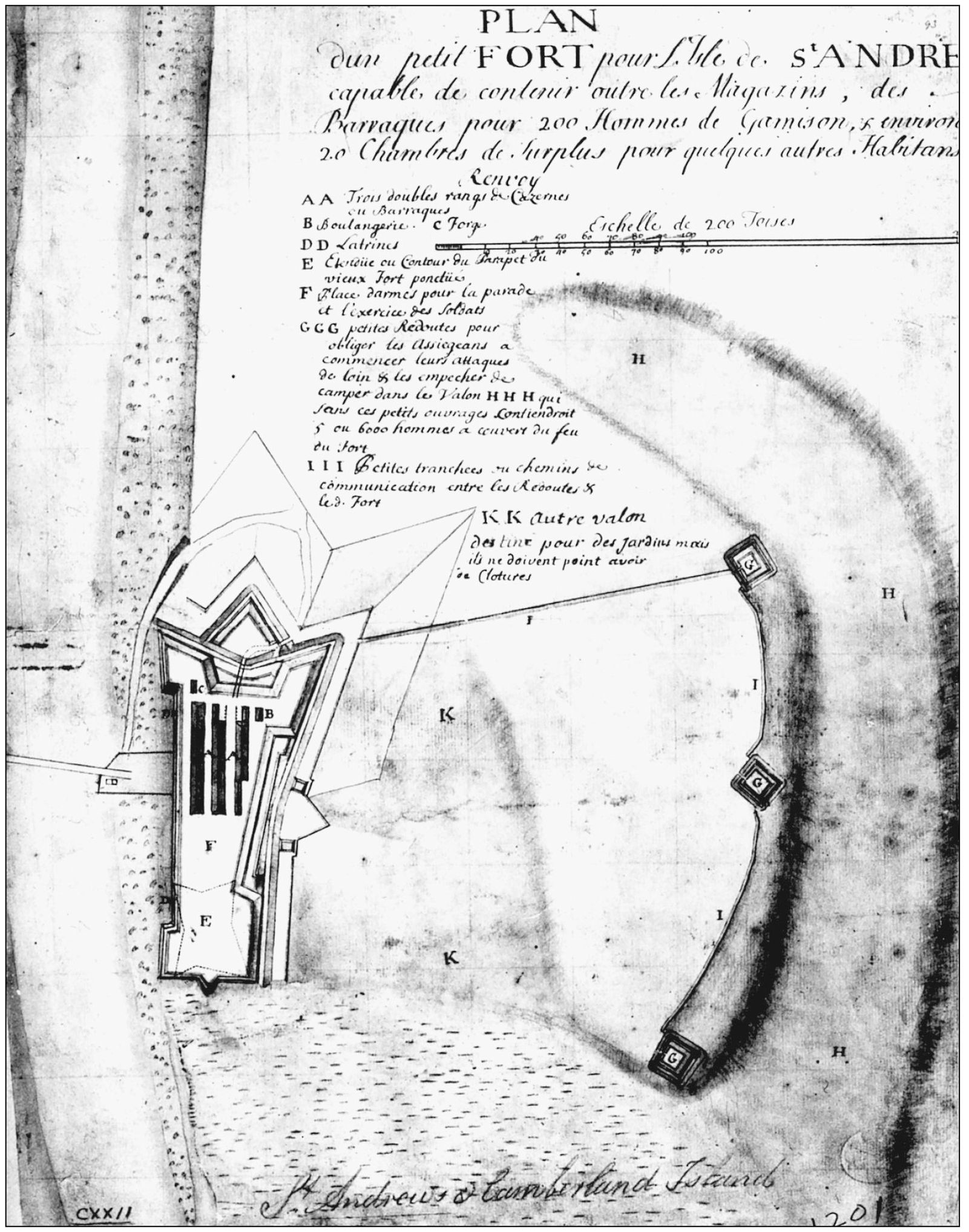I am indebted to the following people for their help, interest, contributions, support, and encouragement: my brother Donnie Cofer; my mother Marie Joyner Cofer; Stephen King Hart and M. Margaret Peggy Hart; Ann Stacy; Mary O. Smith; Darlene Roeligg of the City of St. Marys; Willie Thrower and Mrs. Frankie Thrower; and John E. Ehrenhard of the Southeast Archeological Center, National Park Service, Tallahassee, Florida. Director Janet Brinko of St. Marys Tourism Council was forthcoming with answers to my questions, as were Miss Winnie Wainwright, Katie Cooler, and Director Darren Harper of Woodbines Bryan-Lang Historical Library. Diane Jackson of the Three Rivers Regional Library headquartered at Brunswick is always there for me. The Olsen familyOlaf Jr. (Bubba), Sonja Olsen Kinard, and their sister Mrs. Virginia Olsen Hortonshared time and memories with me as well as family photographs. Sonja created a memorable visit to Cumberland, sharing her recollections as we visited throughout this special beautiful island. I would like to recognize the help of Bill Jenkins of The Bookmark on St. Simons Island; Joanne Smalley, Gail DeLoach, and Dr. Steve Engerrand of the Georgia Department of History and Archives; and Camden Countians Mrs. Eloise Bailey Thompson and Rodney and Linda Sheffield. Beth Moore of the Telfair Museum of Art responded to my queries and needs, as did Hargrett Rare Books & Archives of the University of Georgia Libraries. In a serendipitous moment, the Reimold family provided useful and illustrative images of Cumberland Island. I am grateful for the unstinting help of Wilbur and Joyce Wainwright Readdick, as well as Bob and Patricia Peeples Hazouri, for locating family photographs of island legend J.B. Peeples. Employees at the national seashoreBertram Bert Rhyne, John Fry, John Mitchell, Julie Meeks, and Jerre Brumbelowwere gracious and judicious in their assistance and in their understanding of my project. Those images credited to the Cumberland Island National Seashore and the National Park Service can be found in a number of park accessions within the museum collection. There are literally thousands of images in Cumberland Island National Seashores collections; those used in this visual history represent a miniscule number. I regret being unable to locate a picture of the World War II mounted beach patrol; time constraints did not permit ferreting out a picture symbolic of this important aspect of Cumberland Islands history.
Willard Rocker of Macons Washington Memorial Library expertly assisted me and made it simple to acquire an image of Georgias poet laureate Sidney Lanier, for which I am very grateful. I would like to especially acknowledge Don Peeples of Kingsland and Brunswick, Georgia; he was ever attentive to my needs, encouraging me at each step as this work evolved. Mary R. Bullard is a font of knowledge and I gratefully acknowledge her guidance. Any mistakes in this work should in no way reflect upon these contributors but are solely the authors responsibility. Finally, I dedicate this book to my husband, Forrest Frosty Barefoot, the holder of a power feather.
BIBLIOGRAPHY
Bailey, Eloise and Virginia Proctor, eds. Camdens Challenge: A History of Camden County Georgia. Compiled by Marguerite Reddick. Revised by Peggy Aronson. Alpharetta, GA: W.H. Wolfe Associates, 1994.
Barefoot, Patricia. Images of America St. Marys and Camden County. Charleston, SC: Arcadia Publishing, 2001.
Bullard, Mary R. Robert Stafford of Cumberland Island: Growth of a Planter. DeLeon Springs, FL: E.O. Painter Printing Company, 1986.
. An Abandoned Black Settlement on Cumberland Island, Georgia. DeLeon Springs, FL: E.O. Painter Printing Company, 1982.
. Cumberland Island, A History . Athens, GA: UGA Press, 2003.
Fish, Tallu. Sidney Lanier, Americas Sweet Singer of Songs, The Author of The Marshes of Glynn and Other Poems. Brunswick, GA: Glynn Press, Inc., 2002.
Hillestad, Hilburn O. and John R. Bozeman. The Ecology of Cumberland Island National Seashore, Camden County, Georgia . Technical Report Series #75-5. Skidaway Island, GA: Georgia Marine Science Center, 1975.
McCash, June Hall. The Jekyll Island Cottage Colony. Athens, GA: UGA Press, 1998.
Miller, Mary E. Cumberland Island, The Unsung North End. Darien, GA: The Darien News Press, 1990.
. On Christmas Creek, Life on Cumberland Island. Darien, GA: The Darien News Press, 1995.
Parrish, Lydia. Slave Songs of the Georgia Sea Islands. Hatboro, PA: Folklore Associates, Inc., Reprint 1965.
Rockefeller, Nancy Carnegie. The Carnegies and Cumberland Island.
Sea Scouts Learn Naval Traditions at Marblehead. Life. August 5, 1940. pp. 5557.
Special Harbor Magazine. The Brunswick News. October 1907.
Stegeman, John F. and Janet A. Caty: A Biography of Catharine Littlefield Greene. Athens, GA: UGA Press, 1977.
Torres, Louis. Historic Resource Study Cumberland Island National Seashore Georgia and Historic Structure Report Historical Data Section of the Dungeness Area. Denver: Denver Service Center, Historic Preservation Division, National Park Service, United States Department of the Interior, October 1977.
Vanstory, Burnette. Georgias Land of the Golden Isles. Revised Edition. Athens, GA: UGA Press, 1981.
Wall, Joseph Frazier. Andrew Carnegie. Pittsburgh: U of Pittsburgh Press, 1989.
Find more books like this at
www.imagesofamerica.com
Search for your hometown history, your old
stomping grounds, and even your favorite sports team.
One
EARLY CUMBERLAND ISLAND DAYS
Prehistoric sites and colonial missions and forts underlay the foundation of Cumberland. Rogues and rascals, land speculators, pirates, and smugglers embellish the islands history, as did the Greenes of Dungeness. Bar pilots and an antebellum planter left their marks, and remarkable men and women brought celebrity to the island during the Gilded Age. Rich in habitat, with diverse wildlife and plant communities, Cumberlands present and future remain a challenging responsibility. There are two archeological districtsTerrapin Point and Table Pointand five historic districts at Dungeness, Stafford, Plum Orchard, Half Moon Bluff, and High Point. Stewardship for the national seashore encompasses 21 historic structures, 48 ruins, 13 landscape features, and 4 historic cemeteries, all influenced by the shifting sands of time.
Camden historian I.F. Arnow and the Carnegies brought archeologist Frank M. Setzler to Cumberland in 1932 to recover an ancient canoe preserved in marsh mud. The Smithsonian dried the canoe in a kiln and applied preservatives, gratefully acknowledging the Lucy Coleman Carnegie Estate for the gift. Many of Cumberlands prehistoric sites have been lost due to erosion.
(Courtesy of CUIS/NPS.)
Scottish immigrants played a decisive role in Georgias early struggles, but the story of the Scottish on Cumberland Island has been neglected. These intrepid fighters constructed an earthen fort on a high bluff near Terrapin Point with commanding views of the Inland Passage. James Oglethorpe called the star-shaped fortification Fort St. Andrews. The fort was not large, but Oglethorpe considered all of Cumberland Island a reserve. Although never executed, this 1740 plan shows that it could have accommodated 200 soldiers. The garrison settlement of Barriemackie, with 20 or so families, was located near the fort.

